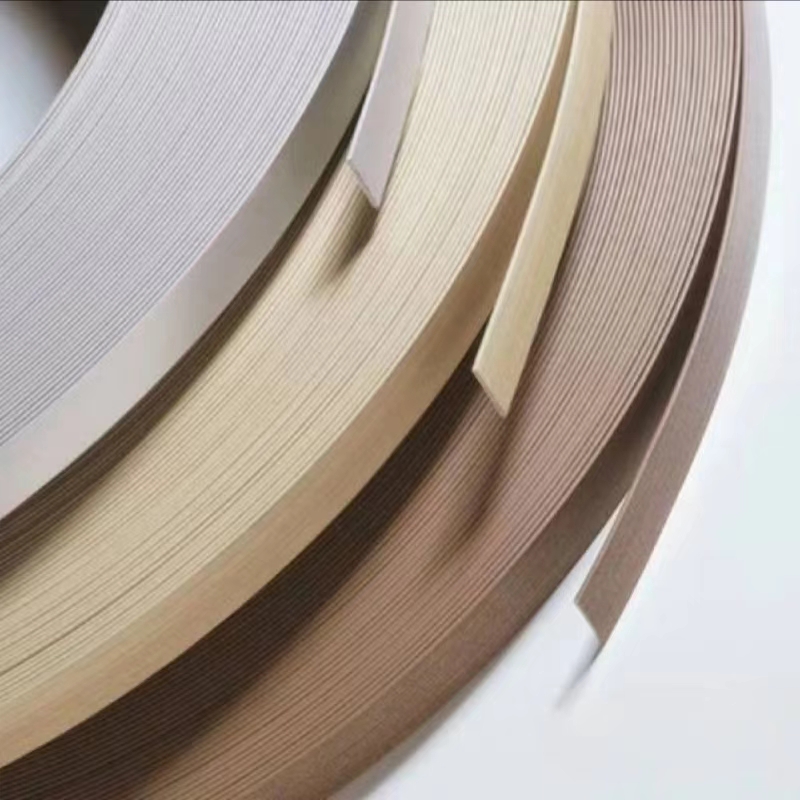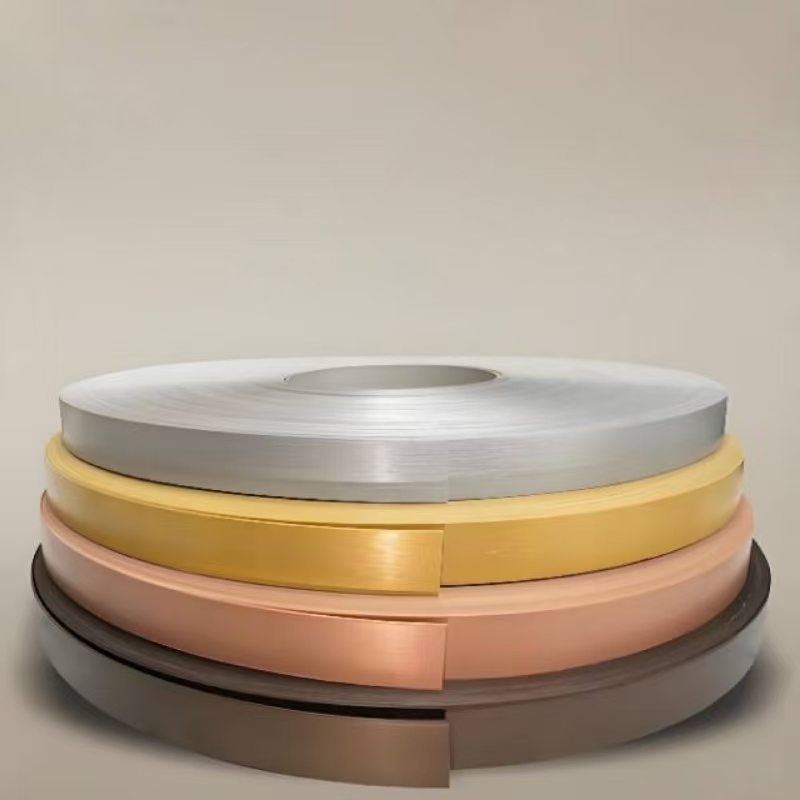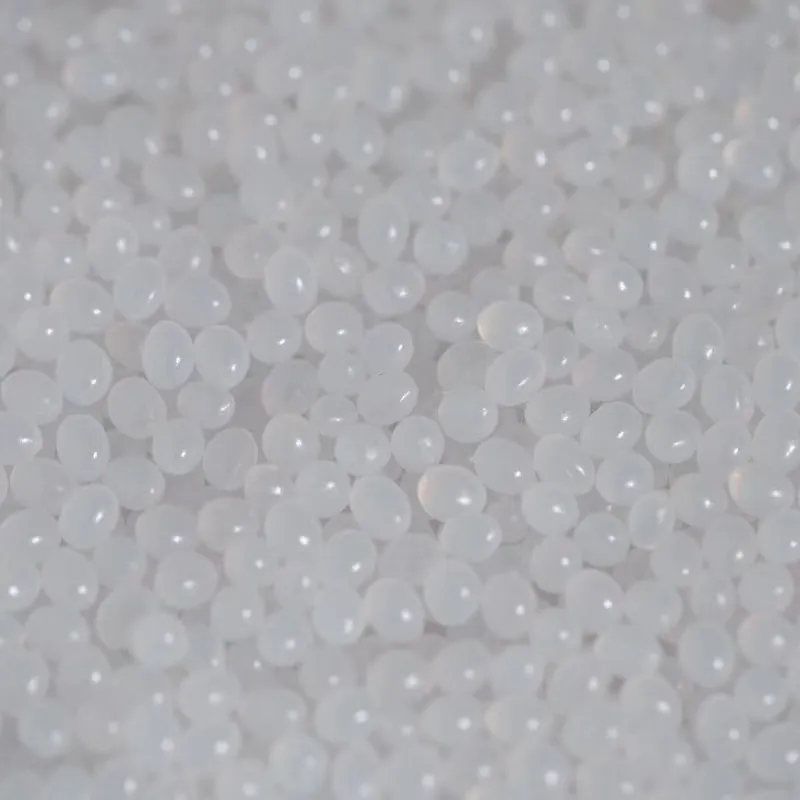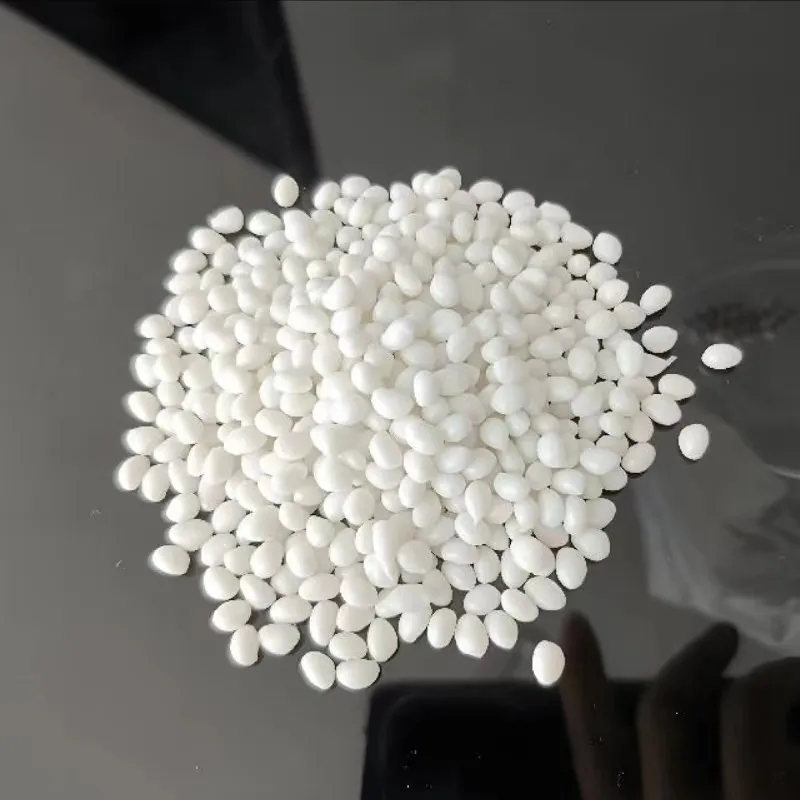
-
Home
-
Products
-
PVC edge banding
-
Abs Edge Banding
-
metallic edge banding
-
Digital Printed Edge Banding
-
Wooden Edging Strips
-
Laser Edge Band
-
PET metallic edge banding
-
PP edge banding
-
Hot Melt Glue
-
Acrylic edge banding
-
Self Adhesive Edge Banding
-
Profile edge banding
-
jumbo roll
-
PVC-corner-protector
-
deep embossing edge banding
-
PVC edge banding
- News
-
Case
- Factory Show
-
Contact Us
- About Us









